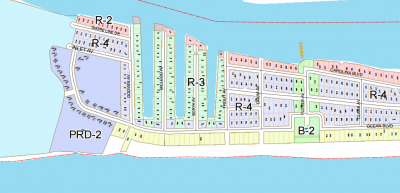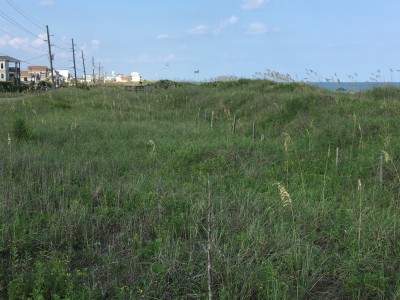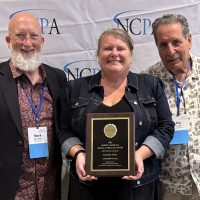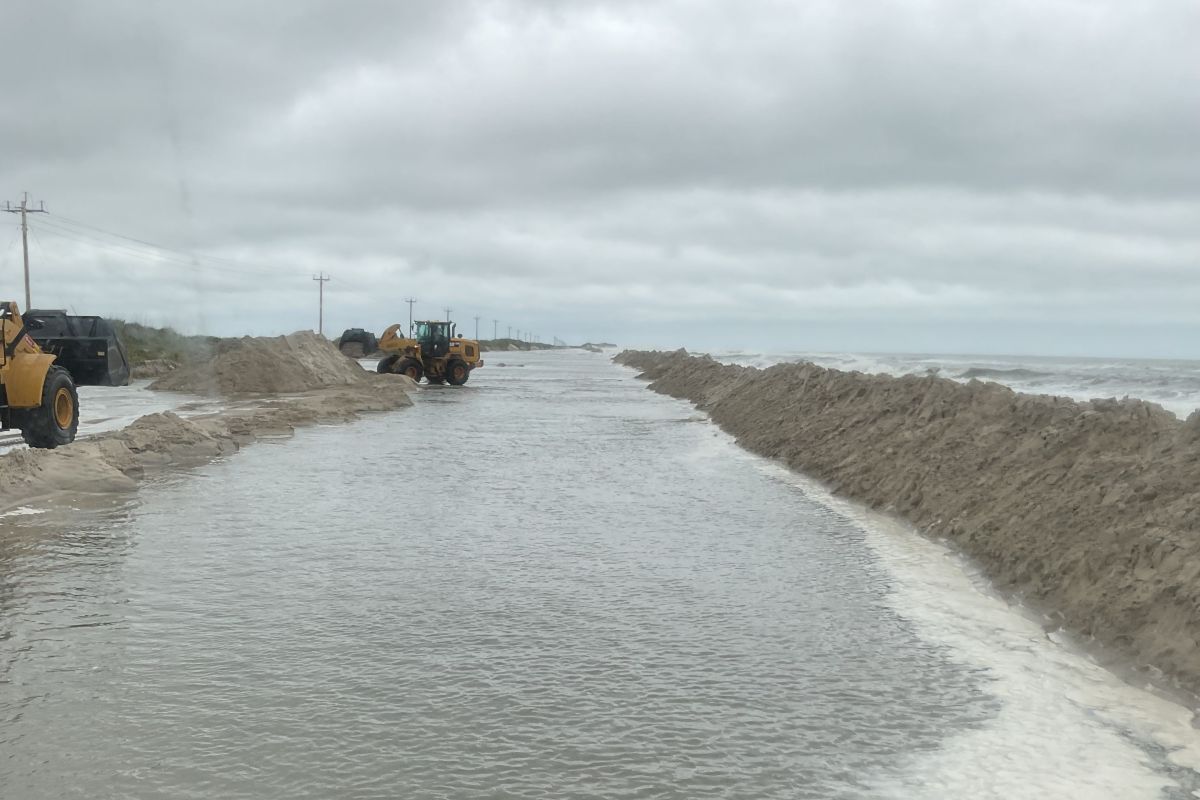TOPSAIL BEACH – Property owners’ rights were pitted against the right to protect properties at a public hearing here Saturday afternoon.
More than 50 people packed the Topsail Beach Town Hall commissioners’ chambers to express their concerns, opposition and, in a few cases, their support for proposed changes to the town’s dune ordinance.
Supporter Spotlight
Commissioners are hosting a second public hearing Wednesday evening before they’re expected to cast a vote on what would be a new oceanfront protective dune system overlay district.

Even if commissioners decide Wednesday, their ruling may be far from a conclusion to a debate that has been going on for more than a year.
Property owners on both sides of the issue have hired lawyers.
Though the dune ordinance applies to all of the town’s oceanfront properties, the controversy centers on a series of lots between the Sea Vista Motel and Serenity Point, the southernmost residential development in town.
Owners of those lots contend that when commissioners in June 2015 adopted amendments to the 1994 dune ordinance, the changes essentially rendered their properties unbuildable.
Supporter Spotlight
Homeowners, particularly those whose land is behind those oceanfront lots, argue that the latest recommended ordinance amendments would allow builders to weaken the dune system.
The town’s resident coastal engineer Chris Gibson, president of TI Coastal Services Inc. in Wilmington, said Saturday that the proposed amendments would protect adjacent properties from “undo risk” because builders cannot remove sand from a lot while it’s being developed.
Property owners would be required to replace any vegetation removed from a lot with native plants.
“I think it’s an enforceable ordinance and it neither promotes nor demotes building,” Gibson said.
The current ordinance prohibits protective dunes from being materially altered. Protective dunes are defined as a mound or ridge of sand at least seven feet above mean sea level. These dunes provide an extra layer of defense, reinforcing frontal dunes that are immediately landward of the beach.
Builders cannot remove more than one cubic yard of sand from the dune per month.
Commissioners are considering whether to adopt a new set of rules that would allow a builder to move more sand within a lot by dividing the lot into cross sections. Sand may be moved within each section and either pushed toward the dune system or toward the road.
The idea is that, by using cross sections, a developer will be able to move less than one cubic yard of sand while creating enough space on a lot to accommodate parking. Town code requires houses have onsite parking for three vehicles.
This has been a sticking point for the oceanfront lot owners because they say more sand must be moved around than is currently allowed to create enough space to meet the town’s parking requirements. They’ve offered an alternative to the proposed changes, one, they say, would allow a builder to lower the elevation of a driveway and still maintain the no more than one cubic yard of sand rule in place.
Julia Sherron’s family owns one of the vacant lots.
“Right now that area is growing 10 feet a year,” she said. “It’s a very secure area. We just want to use our property the way we have dreamed for years. We’re real people who want to do the right thing. I do believe that the (proposed) ordinance, the way it is written, it allows responsible building. In my opinion and in our view, the 12 of those of us who own land in that area, we think there’s been a lot of give and take. As far as disturbance to the lot to build, this is something that we as property owners take seriously.”
Sherron and Glenn Dunn, a Raleigh-based attorney representing the oceanfront property owners, and Jacksonville-based land surveyor Charles Riggs said that the lots meet requirements under both the state’s Coastal Area Management Act and Federal Emergency Management Agency rules.
“We are trying to work with the town to keep as much sand as possible on the lots,” said Kevin Combopiano, one of the oceanfront lot owners. “Our lots are perfectly buildable. These lots can get CAMA permits. The ordinance that is in place right now completely blocks any structure from being built on the lot.”

Dunn said the ordinance is prohibitive, “and to me that’s clearly a taking of property.”
He suggested that the oceanfront property owners are, in essence, being punished because the dunes on their property have accreted.
The dunes were initially wiped out by a powerful nor’easter in the late 1970s. Years of privately and publicly funded efforts paired with Mother Nature’s handiwork have built a robust dune system where dunes are two and three rows deep in the lots.
The dunes are landward of about 200 homes built on the banks of finger canals that connect to New Topsail Inlet.
Several south-end property owners at the hearing said that altering the dunes will weaken them, posing potential threat to their homes.
“It’s taken more than 20 years to re-establish our great protection wall,” said Jennie Frazier, a south-end property owner since 1986. “These dunes protect our existing homes from our ocean’s relentless assault. I urge you to prayerfully consider the consequences of removing our protection.”
Others raised concerns about where septic systems may be placed on the lots while some property owners asked commissioners to consider limiting the proposed amendments to the area of oceanfront lots between the Sea Vista and Serenity Point.
Matthew Quinn, a Raleigh-based environmental lawyer who represents a south-end property owner, urged commissioners to stick with the current ordinance.
“I think it’s very protective,” Quinn said. “The current ordinance prevents reduction in the height of the dune. Why is it that the new dune ordinance doesn’t have the provisions in it that doesn’t prevent revisions to the height of the dune? This new ordinance is going to create a heightened risk of flooding.”
Grier Fleischhauer, a former town commissioner who lives in a home at one of the canals, cautioned board members that changing the ordinance could threaten the town’s flood insurance rating.
Topsail Beach participates in the National Flood Insurance Program, or NFIP, which gives discounted flood insurance rates based on FEMA’s Community Rating System. The higher a community’s rating, the bigger the discount.
Topsail Beach’s rating system score is 2,593, which means property owners get a 25 percent reduction in flood insurance premiums.
“What is going to happen to our score if this ordinance is approved,” Fleischhauer asked. “Our town is one of only five communities across North Carolina to receive the 25 percent reduction.”
He said that FEMA’s floodplain management regulations are designed to ensure that participating communities incorporate flood hazards into their land use management.
“It is obvious to me that this dune ordinance was not written with FEMA NFIP regulations in mind,” he said.
Town officials had hoped to speak with FEMA representatives about the proposed changes prior to the board making a decision, but a meeting has yet to happen.
The Topsail Beach Planning Board earlier this fall agreed to submit the proposed ordinance amendments, which were prepared by the town’s attorney and coastal engineer, to commissioners with the recommendation that commissioners take no action until FEMA OK’s the revisions.
The town board’s meeting Wednesday will begin at 6 p.m.
Learn More
- Dune system overlay district ordinance
- Dune system overlay district map
- For more information call the town hall at 910-328-5841







